1. Higher Load Capacity and Strength
One of the most significant advantages of an integrated hydraulic winch is its ability to handle much heavier loads compared to other types of winches.
Hydraulic winches generate greater torque, which is essential for lifting, pulling, or hauling extremely heavy loads. This makes them ideal for use in applications such as offshore drilling, crane operations, and construction lifting.
The hydraulic system enables smooth, consistent power delivery, allowing operators to lift and pull objects that would be impossible for manual or electric winches.
For example, in mining operations, these winches are used to lift mining equipment and tools, making them indispensable for high-load tasks.
2. Enhanced Durability and Reliability
In heavy-duty environments, equipment needs to withstand constant wear and harsh working conditions. Integrated hydraulic winches are designed for long-lasting durability.
Sealed components and robust hydraulic systems prevent dirt, dust, and moisture from interfering with the operation, ensuring the winch works even in the most rugged environments.
The hydraulic system is known for its ability to operate continuously under demanding conditions without overheating, making it more reliable than other winch types that rely on electrical or mechanical motors.
For industries like construction and oil and gas, where equipment failure can result in costly downtime, hydraulic winches provide the dependability needed for round-the-clock operations.
3. Smooth and Controlled Operation
Unlike manual or electric winches, hydraulic winches offer incredibly smooth operation, which is critical when handling sensitive equipment or materials.
The hydraulic control system allows for precise control over the winch’s speed and force, ensuring that loads are handled gently, which helps prevent damage to both the winch and the object being moved.
Hydraulic systems can be operated with variable speeds, allowing operators to adjust lifting or pulling speeds based on the specific requirements of the task. This ensures greater control and precision, reducing the risk of accidents or damage during operations.
In marine applications, for example, dockside winching or anchor handling can be more precise, preventing any sudden jerks or impacts that could damage vessels.
4. Increased Efficiency and Productivity
Integrated hydraulic winches are known for maximizing operational efficiency, particularly in heavy-duty tasks. Here's how:
Constant Power Supply: Hydraulic winches can operate for extended periods without loss of power, unlike electric winches that can suffer from voltage drops or require downtime for recharging. This continuous operation boosts productivity in industries such as offshore oil rigs, mining, and construction.
Energy Efficiency: The hydraulic system delivers power more efficiently than electric systems in most cases. Unlike electric winches, which may require significant energy input to generate torque, hydraulic systems utilize fluid power, which is both highly efficient and responsive.
Hydraulic winches can handle demanding tasks faster and more reliably, improving productivity in material handling, hoisting, and pulling operations.

5. Versatility Across Various Applications
Integrated hydraulic winches are highly versatile and can be adapted for use in a wide range of industries and tasks. This flexibility is a key advantage over traditional winch types:
Construction Sites: Used for lifting heavy materials and machinery, integrated hydraulic winches offer exceptional strength to handle large and cumbersome objects.
Marine Operations: In offshore platforms, these winches are used to handle anchors, lifting boats, or pulling cables.
Mining: Hydraulic winches play an essential role in pulling heavy equipment or materials from deep within mines, allowing operations to move forward efficiently.
Agriculture and Forestry: These winches are used for logging, pulling large logs, or even moving heavy machinery in remote areas.
The ability to adapt to various needs and work in harsh environments makes hydraulic winches a go-to solution across multiple sectors.
6. Reduced Maintenance Costs
Over the long term, an integrated hydraulic winch can lower maintenance costs compared to other types of winches.
Fewer moving parts: Hydraulic winches tend to have fewer parts that wear out, reducing the frequency of maintenance and the likelihood of costly repairs.
Less prone to wear and tear: Because hydraulic systems rely on fluid power, they generate less heat and suffer less from friction, reducing the likelihood of damage.
The sealed hydraulic system requires less frequent servicing, as contaminants are less likely to enter the system compared to other winches with exposed parts.
This translates to lower operational costs, as businesses spend less on repair and replacement of parts, ensuring their equipment remains in service longer.
7. Compact Design with High Performance
Despite their impressive load-bearing capacity, integrated hydraulic winches are often compact and space-efficient.
Their integrated design allows them to be mounted on various equipment, such as cranes, trucks, and vessels, without requiring a large amount of space. This is especially important in industries like oil and gas, where space is often limited on offshore platforms.
The compact nature of hydraulic winches makes them easier to transport and fit into tight spaces, which enhances their utility across different job sites.
For industries operating in confined spaces or where equipment mobility is essential, the compact size and high power of hydraulic winches make them indispensable.
8. Safety and Reduced Risk of Overloading
Integrated hydraulic winches come equipped with built-in safety features that reduce the risk of overloading, which is a major concern in heavy-duty operations.
Overload Protection: Many hydraulic winches include built-in pressure relief valves that prevent the winch from being overloaded, ensuring that the system shuts down or reduces pressure before damage can occur.
Controlled Operation: The precise control that hydraulic systems provide allows operators to avoid sudden jerks or excessive force, reducing the likelihood of accidents or material damage.
These safety features make hydraulic winches ideal for critical operations, where accidents or equipment failure could lead to severe financial or safety consequences.
9. Ability to Operate in Extreme Conditions
Heavy-duty operations often take place in extreme environments, including freezing temperatures, extreme heat, and underwater conditions. Integrated hydraulic winches are known for their ability to perform reliably under such conditions.
Cold Weather: Hydraulic fluid systems are designed to function in colder climates without freezing, which is essential for operations in the arctic or northern mining sites.
Hot Environments: Hydraulic winches can also handle high-temperature environments, which is crucial in foundries, smelting plants, and oil extraction sites.
Waterproof Design: The sealed nature of hydraulic winches allows them to work in wet and underwater conditions, making them ideal for marine, ship docking, and offshore drilling operations.
Their ability to maintain performance across a wide range of environmental extremes makes integrated hydraulic winches the most reliable choice for outdoor and remote operations.
10. Eco-Friendly Operation
In today’s environmentally-conscious world, hydraulic winches offer a more eco-friendly option compared to electric winches.
Hydraulic fluid systems are more energy-efficient because they do not require the use of large electrical systems that draw excessive power.
Hydraulic systems produce less noise pollution, making them suitable for use in sensitive environments where noise is a concern, such as in urban construction or near wildlife reserves.
For companies aiming to reduce their carbon footprint or operate in eco-sensitive areas, hydraulic winches are a sustainable choice for heavy-duty tasks.

 ENG
ENG
 English
English русский
русский Español
Español
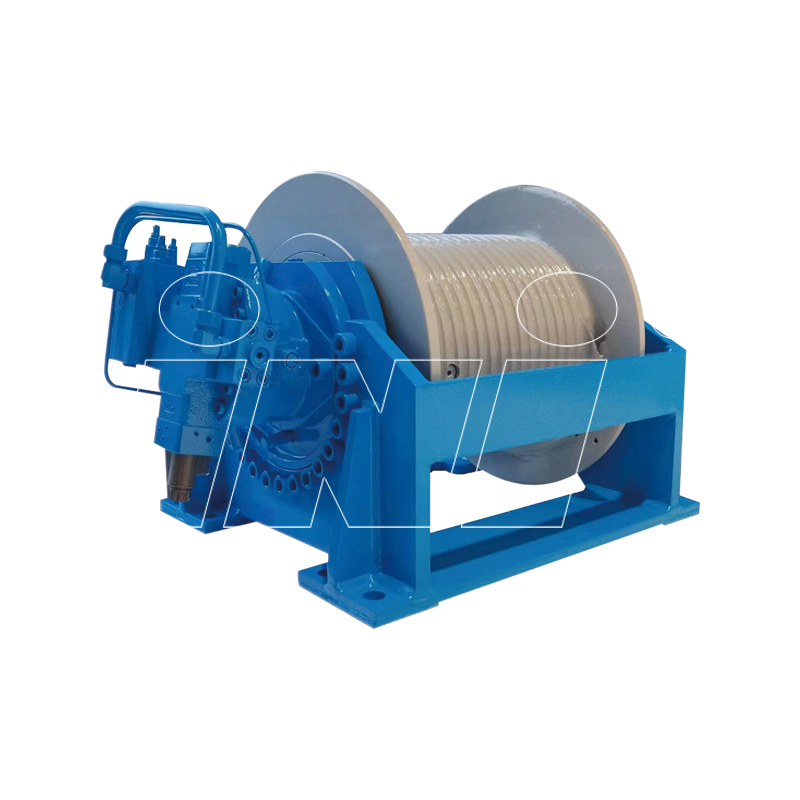
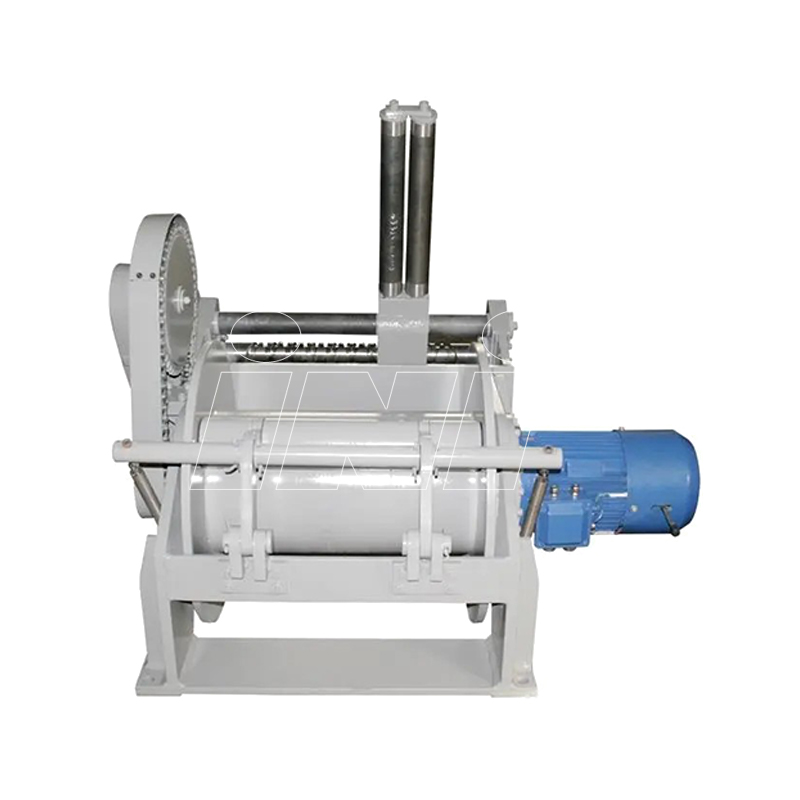
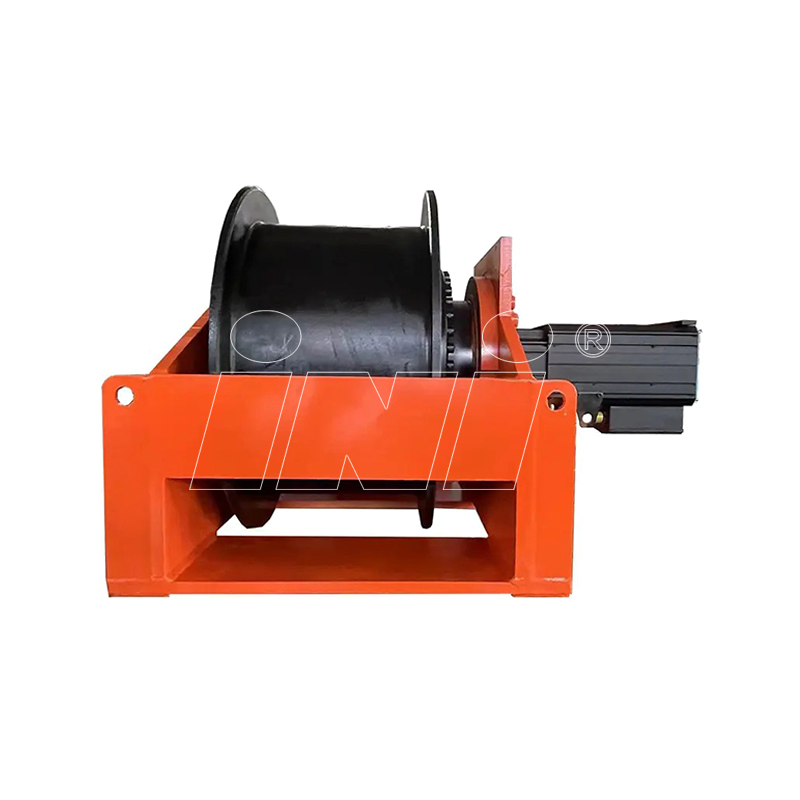

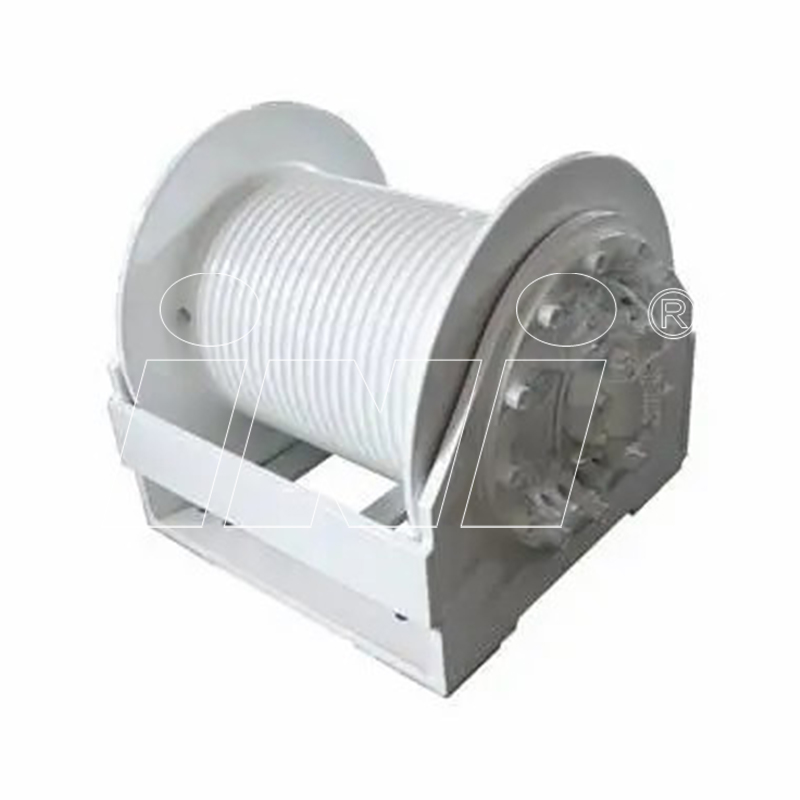
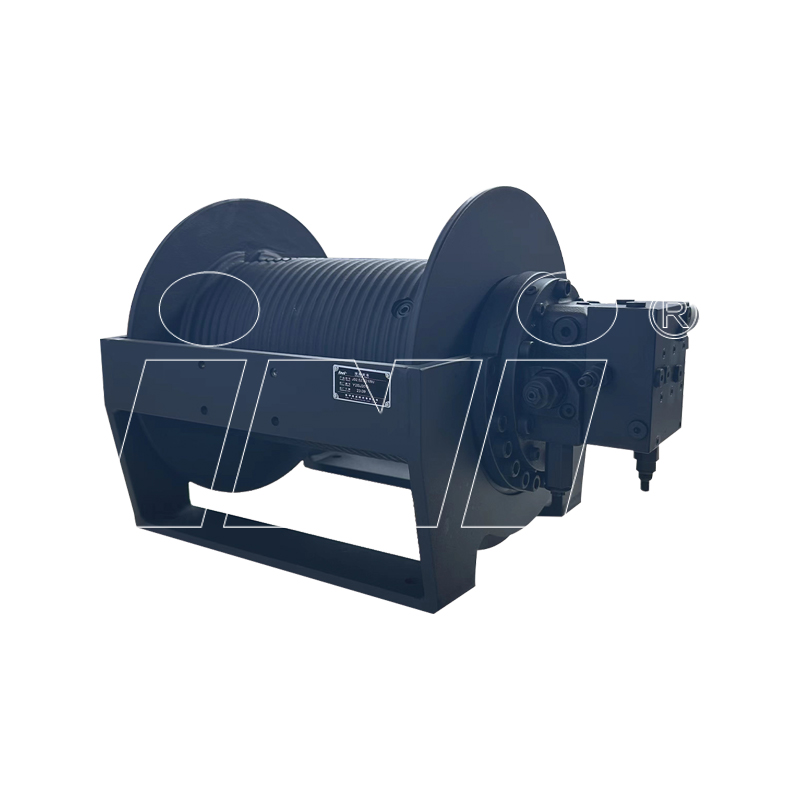
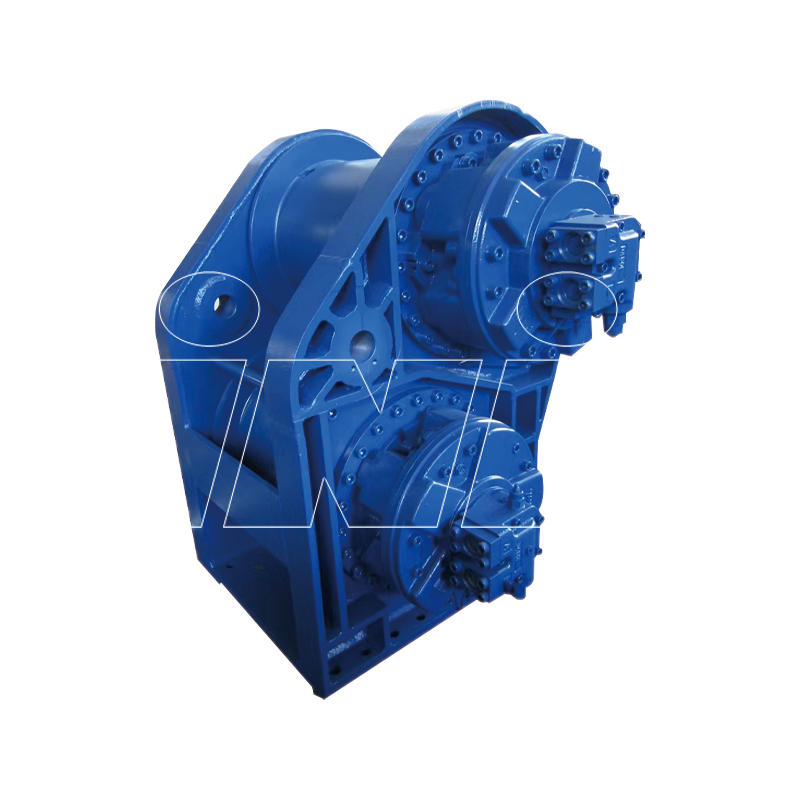

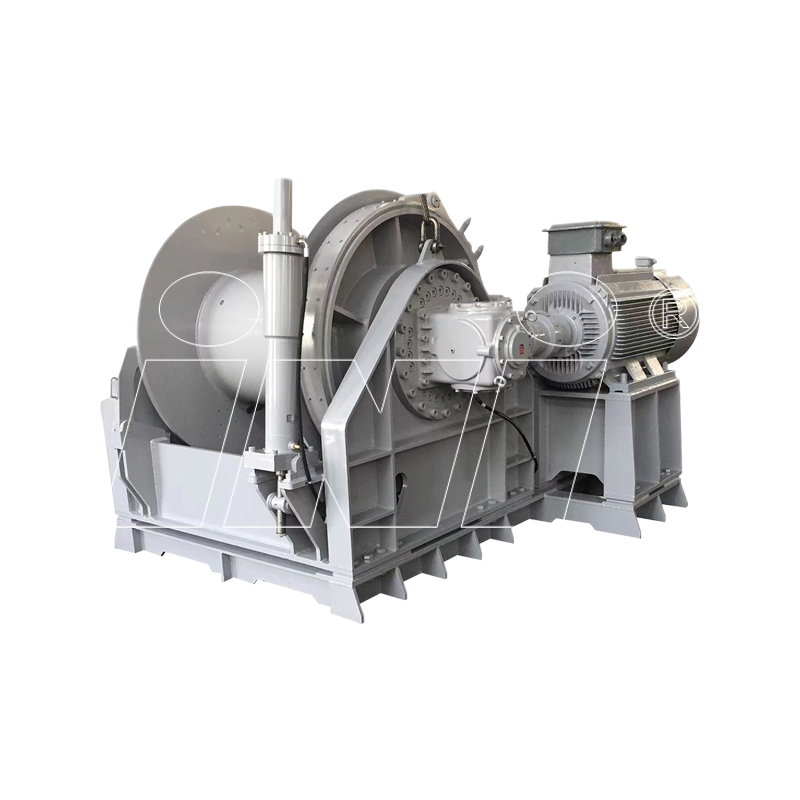

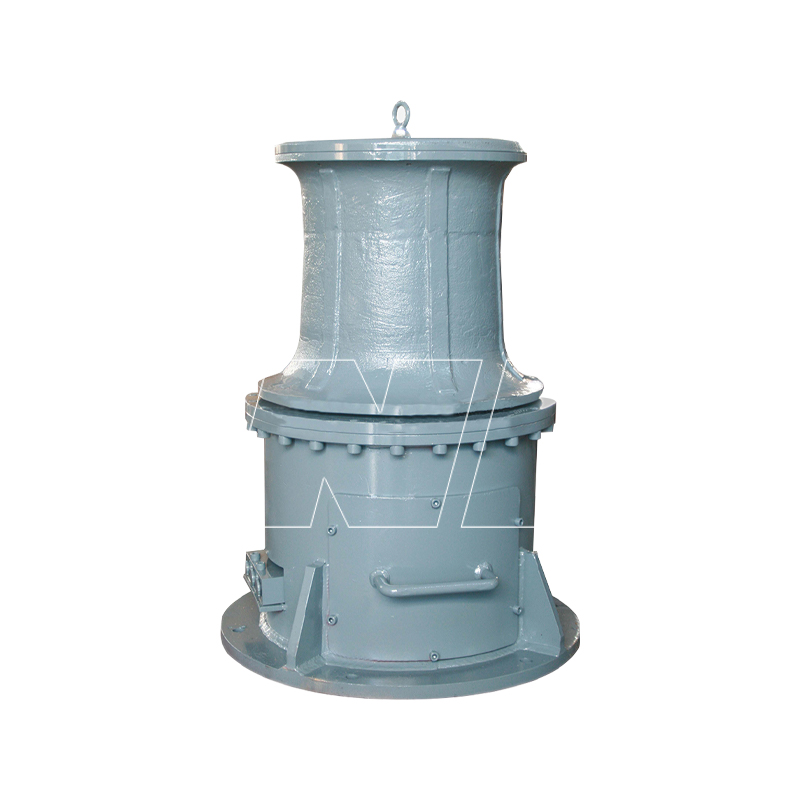

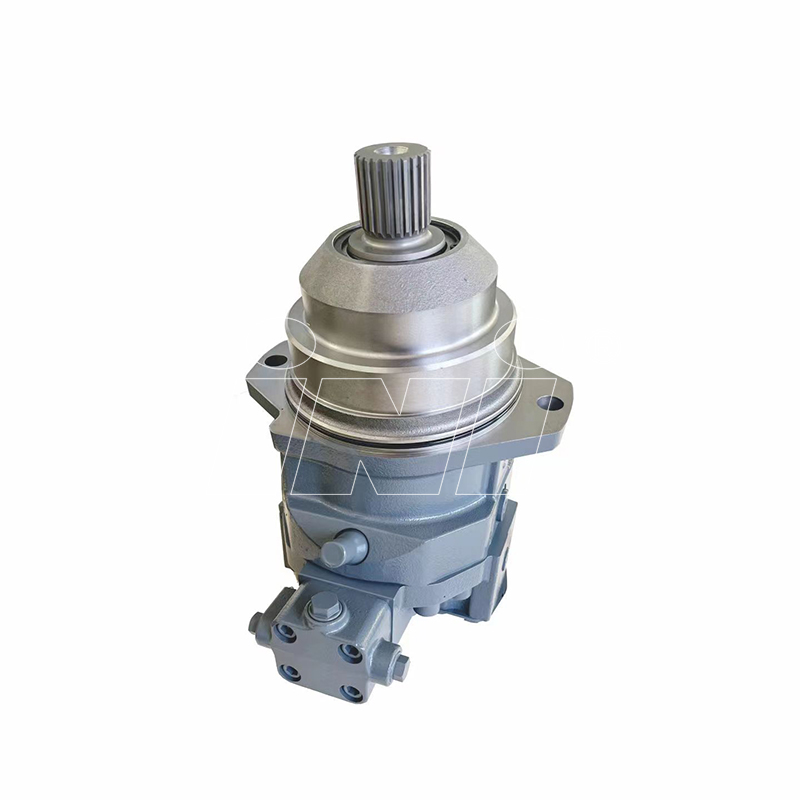

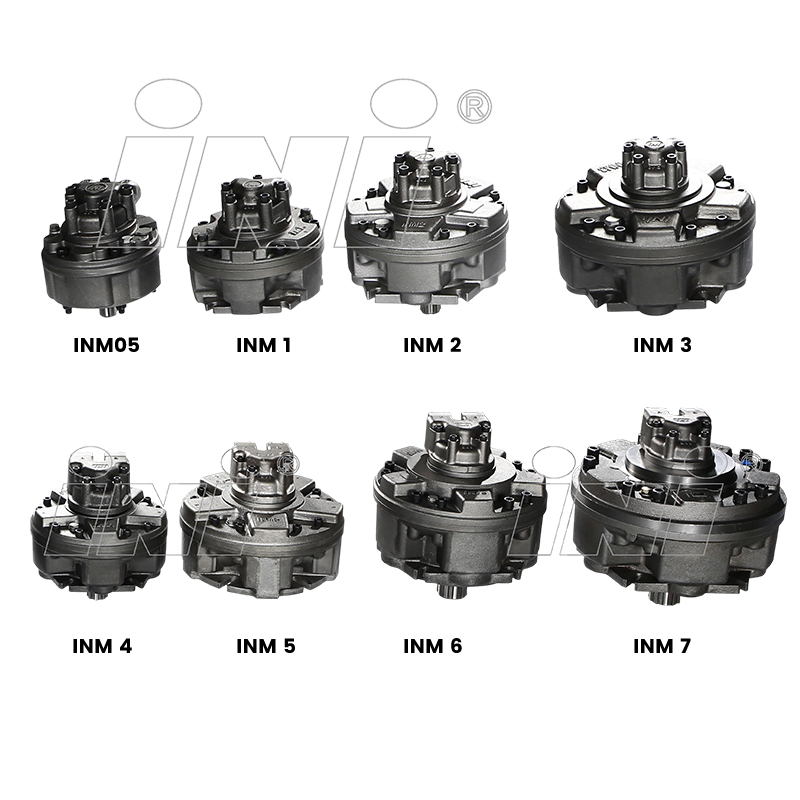

 English
English русский
русский Español
Español
 TOP
TOP